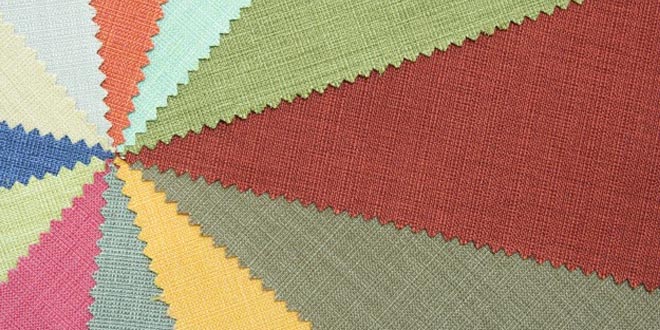Question: Mention the place and type of wool that is obtained from the following breeds of sheep.
Answer: Place, Type of wool obtained from the sheep are as follows:
Question: Explain the steps involved in wool production.
Answer: The steps involved in wool production are as follows:
- Shearing: The process of removal of the woolen coat or fleece from the animal is called shearing. This is done without harming the animal by using shearing tools.
- Scouring: Washing the sheared wool in hot water and detergent and then drying it is called scouring. This is done to remove dirt, dust and grease from the wool.
- Sorting: The process of removing any stained, damaged, and inferior wool from the fleece is called sorting. Burrs, which are soft fluffy fibres in wool are removed manually.
- Grading: The process of sorting the wool according to the length, colour and texture of fibres is called grading.
- Dyeing: The natural hair of sheep is white, brown or black. The hair is dyed with different colours for commercial use.
- Making yarn: The wool is passed through rollers and combed into sheets with the help of a machine called carding machine. The sheet is then twisted into rope called sliver. The sliver is stretched and twisted into a thin yarn.
Question: List some of the health problems suffered by workers employed in the silk industry.
Answer: The workers in the sericulture industry face a number of health problems. They suffer from the following diseases:
- Respiratory diseases like asthma, bronchitis etc., are very common among these workers. It is beacuse they inhale foul – smelling vapours when the cocoons are undergoing steaming, reeling etc.
- Scabies and skin infections are caused as the workers usually dip their hands in boiling water while boiling cocoons. As a result, their skin becomes rough and also blisters are formed on the skin causing peeling of skin. The workers suffer from various skin infections.
- Other health problems include headache, fever, back pain, neck pain etc. As the workers sit continuously and work, they may even develop problems in their legs.
Question: What is sericulture? Mention the steps involved in the silk production.
Answer: The process of rearing silk worms in order to obtain silk is called sericulture.
In sericulture, tiny eggs of silk worms are incubated until they hatch and become worms. When silk worm hatch, they are placed over mulberry leaves. These worm feed on the mulberry leaves for 4 – 5 weeks continuously. After these 4 – 5 weeks, the worms stop eating and climb on branches or shrubs and start weaving the cocoons for their protection. They make cocoons in around 6 – 8 days.
As soon as the cocoons are formed, they are gathered and put into boiling water. This kills the insect inside and also dissolves the gummy substance in the cocoon. The cocoons are then dried and cleaned to remove the coarse outer pattern.
4 – 8 such cocoons are joined and combined with a number of other similar structures to make a thread which is wound on a reel. This thread is raw silk and this process is called reeling.
Some cocoons are not boiled and left for the silk moths to be born from them and the life cycle to be completed.
 Class Notes NCERT Solutions for CBSE Students
Class Notes NCERT Solutions for CBSE Students



Not useful
Yes – it is not useful – the answers are so long.
It was very useful to me!
It is very useful to all.
Mam issi chapter k iss qies ka answer bta dijis Q– write in brief process of obtaing silk